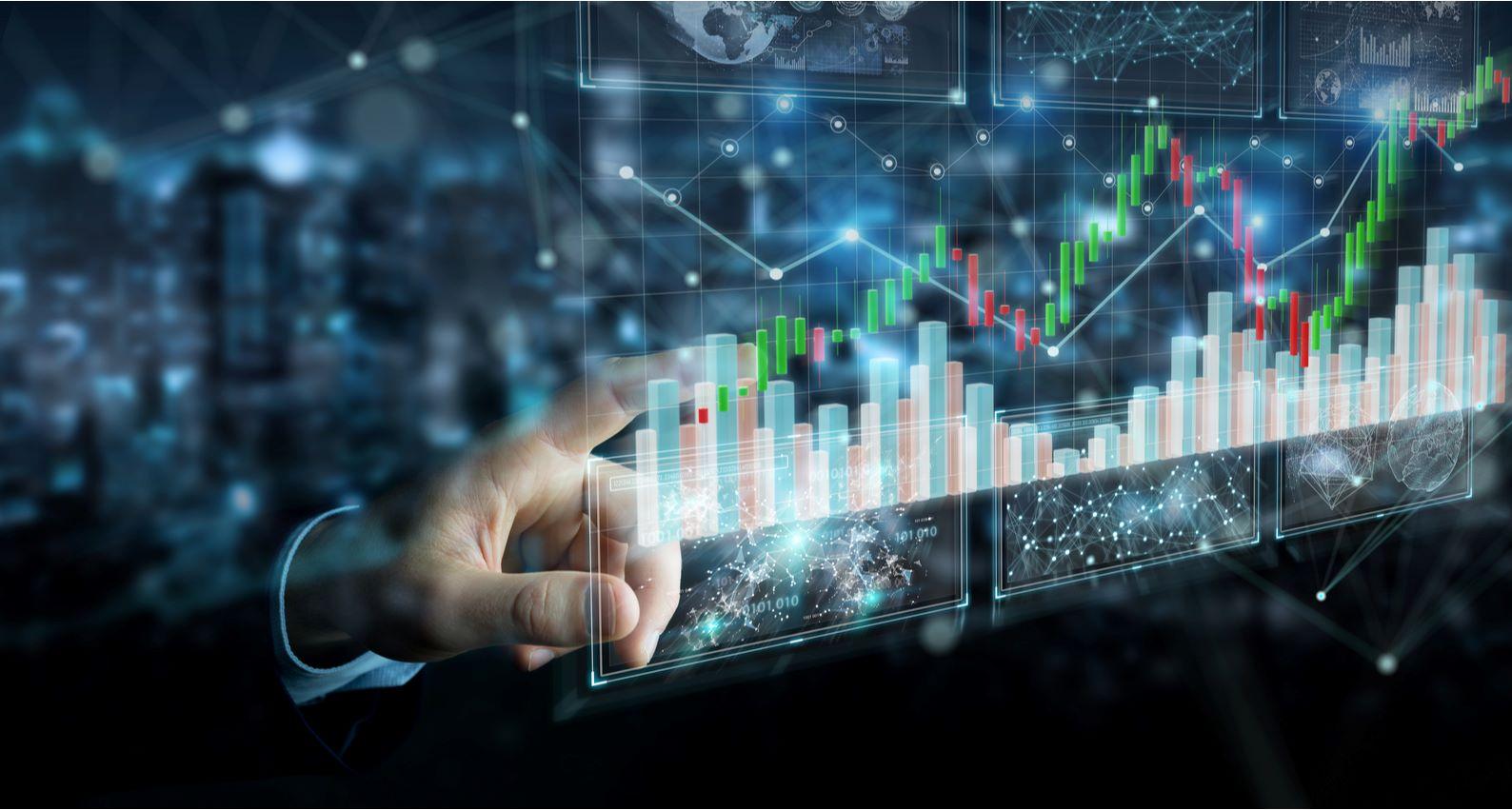Incredible Rise in Valuations Indicates Recovery in Market Sentiment
Published on 13 Jan, 2022

A year and a half since the pandemic that sent economies crashing and valuations nosediving as businesses shut shop, the stock market is making a strong comeback. Not only have valuations returned to normal but some companies are even registering numbers higher than the pre-COVID-19 era. The question is will this growth continue or is it a short-term trend.
Since the COVID-19 pandemic struck in 2020, businesses and stock markets hurtled down, with valuations plunging. Recovery was unthinkable. However, things started to change in the last quarter of 2021 as markets began to recover.
A global recovery
Developed economies such as the US and China are expected to grow more than 5% in 2021–22. In the US, the government injected nearly USD900 million as fiscal stimulus. The widespread vaccination drive is also contributing to the positive outlook for the country. The Chinese economy, probably the only one not affected as much by the pandemic, is expected to grow at 8.5% and stabilize as the country shifts focus to reducing risks to financial stability.
Emerging markets too are recovering, albeit at a slower pace than their developed counterparts. While external demand and high commodity prices are boosting growth, factors such as resurgence of the virus in some regions, irregularities in vaccination and limited government support are acting as deterrents. Moreover, loss of employment due to the pandemic, low investments and high debt have pushed growth down to just 4% on average.
Stock market dynamics
Even as markets began to recover by mid-2020 from the free fall following the onset of the pandemic, investors remained bearish, stashing significant cash to maintain liquidity. However, in 2021, subsequent to widespread vaccination across countries, the bull run returned as the sentiment improved; markets surged to the levels seen in 2010 immediately after the recession.
In the first few months of 2021, stocks were rather expensive, deterring investors. The S&P 500’s price-to-earning (PE) ratio was higher than its relative market value. So, while valuations were in line with those seen during the tech bubble of 2000, the US 10-year treasury yield indicated markets had not heated up unreasonably.
The 50 fastest growing US companies are currently faring similar to the top tech companies in 2000, with valuations stretched back. However, if the set is broadened to 100 fastest growing companies, valuations do not appear that extreme. Investors can take relief from this.
Story of start-ups
The Indian tech sector witnessed a bull run even when the pandemic was at its peak. This year, many new startups that gained the unicorn status have already surpassed their USD1 billion valuation.
Financial Digit raised USD200 million more at a post-money valuation of USD3.5 billion, while Infra.Market’s valuation also shot up—it is currently valued at USD2.5 billion after one of the investors decided to inject additional capital.
However, most of the investments are confined to pre-IPO financing rounds. The startups that came out with IPOs this year – Zomato, Ola, Policybazaar and Paytm – have deals totaling USD5.58 billion.
Outlook for 2022
Analysts have differing opinions regarding the outlook for 2022. While Bank of America predicts a flat stock market that would clock just 0.7% growth, Morgan Stanley believes that the S&P 500 Index will end 2022 at 4,400 points, a 3.7% drop from the current level. Goldman Sachs, on the other hand, sees the S&P 500 Index climbing up, confident that retirement accounts would see another bounce. However, given the dynamism of the stock markets, it is not easy to estimate the future. Hence, we will have to adopt the ‘wait and watch’ strategy.
